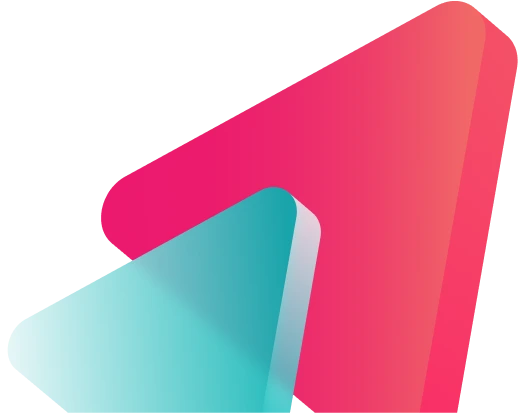Fast Streaming with Arvancloud Video Platform
Arvancloud offers a secure platform for Video on Demand, Live Streaming, and Audio on Demand. You can deliver the highest possible quality broadcast to users without worrying about bandwidth limits.



Educational Platforms
You can place your educational videos on our video hosting platform, and make the most of live streaming, online chat services, and high-quality.
By turning video into uncompilable 6-second chunks, it will be complicated for your users to download.
This limits access to your content based on IPs. So specific viewers access specific videos only within a certain period of time and the video won’t be played with another IP.
You can simply define channels and tag videos in Arvancloud Video Platform. This way, videos will be easily categorized and available for your learners, students, and users.
The integration of Arvancloud’s Live Streaming with online chat platforms gives you the opportunity to run your online classes smoothly without any interruption or latency.
Video Streaming Platforms
Enjoy features such as CDN integration, using the latest codecs for streaming, replaying and customizing videos, cutting infrastructure costs, and a lot more.
By using an integrated cluster, this video platform supports high traffic during the broadcast of popular series or live events. Viewers can enjoy watching without interruption.
This platform helps you analyze your video business and improve service quality by giving you reports on the number of views, watch time, and other effective parameters.
By playing ads at the beginning of videos, you can analyze users’ behavior for more targeted content. This feature helps you display ads and make use of advertising agencies’ content.
This amazing feature offers the most customization. You can add subtitles, watermarks, and cover images to your videos. If you like, you can even add dub files.
News and Sports Sites
If as an owner of a news and sports website, you're looking for a quick solution, Arvancloud Video Platform can help you with the following features.
With just a few clicks and easy installation, you can publish your material on the Arvancloud Video Platform. The best part is that it provides you with an exclusive, free player.
With video tagging and a Content Intelligence System (CIS), our video hosting service can increase website visits by recommending similar videos to users at the end of videos.
Arvancloud Video Platform employs standard protocols which allow you to publish videos of any size to websites, iOS and Android apps, and a variety of media players.
Video Platform Prices
Arvancloud provides affordable packages and you can choose your plan based on different factors. It is a great chance to share your video content with your users for a reasonable price.
Experience High-quality Streaming
Live Streaming
Audio on Demand
Web Player
Video Advertisement
Arvancloud’s platform helps you broadcast your live streaming to numerous users taking into account their connection and bandwidth. It offers you the lowest latency and highest quality.
Archive and Catchup
Saving live streaming content as a file and recording it for a specific period
Ads Streaming
Adding ads and commercials from other businesses during live streaming
Time Machine
Going back in time while watching live streaming and replaying videos

Along with video content, you can also stream your raw audio files in different formats or qualities on this platform. Using the AoD service, you can easily make your audio content heard by millions of users.
Adaptive Bitrate Streaming
Playing the best audio quality based on the user's internet connection
Secure Link
Restricting users’ access to audio content based on their IPs
Show Subtitles
Adding subtitles to audio files with the help of AoD service

The web Player of Arvancloud is a free and versatile tool. Using this player, you can watch and listen to high-quality videos and audio in your desired aspect ratios and in browsers of your choice.
Browser Compatibility
Supporting different versions of browsers and devices of all sizes
Video Platform Compatibility
Allowing to use all video hosting and live streaming features in the player
Customization
Setting the color and the language, muting or unmuting videos on start

Content owners or VoD websites can display their video ads at the beginning of the video or as subtitles during streaming. This has always been a smart and easy way to make more money with video platforms.
Ads Customization
Creating campaigns, adjusting them based on broadcast priority or devices
Integrated with Ads Agencies
Activating videos from advertisement agencies on video streaming platform
Accurate Reports
Reporting the number of clicks, visits, and watch time-based on user's device

A Clear Vision with In-Depth Reports
By using any of our services, you can get accurate reports of watch time, number of views, traffic, etc. You can also filter reports based on parameters such as the user's device, operating system, internet operator, and more.
2 million
Daily Viewers
1.5 million
Daily Watch Time Hours
50 TB
Monthly New Videos








 Products
Products